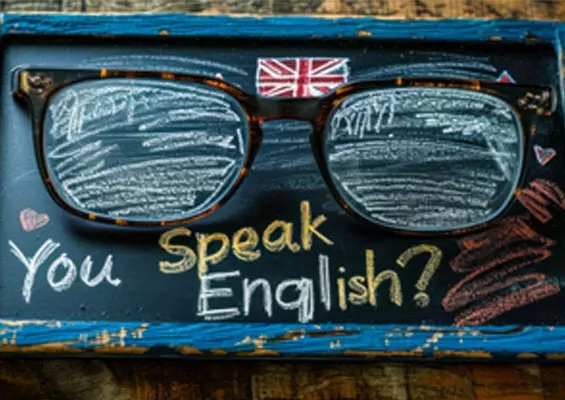These techniques and strategies are good for working with individuals, small groups and the whole class. They can also be adapted depending on the age group.
POLECAMY
As dyslexic learners depend on us – teachers, they hope we are their supporters, helpers, advisors. And we really are!
We can help them if we manage to build atmosphere in class, if we give some opportunities to be successful and if they manage to build good relationship with teachers and classmates. Then, with good teaching, most dyslexics learn to read and write.
They are not less intelligent than non-dyslexics. They just need more time, more effort and more self-confidence to be able to success.
To help dyslexic students master the mechanics of writing and increase writing speed and comprehension, I will present 10 techniques.
The art of teaching writing to young dyslexic learners
Writing is a skill students must learn at school, but it is one of the most difficult skills for students who learn English as a foreign language.
First of all, the writing must be clear for readers but, as a process, it requires inventing ideas and expressing and organizing them into logical sentences with grammatical accuracy. Not easy, especially for those who struggle with productive skills. What should we start with?
Firstly, we should help with spelling correction and then with the proper organization of written works, building more complex sentences and using more sophisticated, varied vocabulary. Controlled writing seems to be the best solution here.
Using different controlled writing strategies we can make writing an enjoyable activity. The most frequently used examples of controlled writing are:
|
The first ten techniques presented below are how to teach writing – words and phrases, and how to teach spelling, while the last five show different ideas to prepare students for writing longer passages/paragraphs (descriptions, short stories, summaries, dialogues, emails or letters). However, both these stages of writing require different techniques carefully chosen and selected to be dyslexic-friendly.
Technique 1
TRACING
Workbooks for young learners are full of tracing exercises, but you can customize handouts for your students using the Internet webpage: Amazing Handwriting Worksheet Maker, which is free, or you can use more sophisticated activities, as presented below.
Tracing words or short text with tracing paper
When youngsters simultaneously look at a word, say its name and trace its letters, it is certainly possible that they are improving their word memory.
Tracing is an effective way to remember the graphic shapes of words. For this kind of exercise a teacher prepares a set of words written in capital letters and students copy them using tracing paper.
The idea of tracing words to improve literacy has been around for a century. This method was first described by Grace Fernald and Helen Keller in 1921. Fernald, a clinical psychologist, with practice focused on reading improvement, applied the method with severely disabled readers and it worked well (Timothy Shanahan, blog about reading, www.shanahanonliteracy.com). Young dyslexic learners, while working with tracing, both air tracing and with the tracing paper, must keep their eyes on words longer and it is possible that they will improve word memory.
Highlighter tracing
An alternative technique can be highlighter tracing when youngsters trace words written previously with a highlighter pen by a teacher.
Technique 2
AIR WRITING
The first step of air-writing is to say a word, then students should spell it out loud and finally try to use their index finger (of his/her writing hand) to “air-write” each letter. This kind of exercise will help students remember words, especially the ones with difficult and confusing spelling.
NOTE: If a teacher is standing in front of students, he/she should remember to “write” letters backwards, so that the letters will appear the right way to the class.
The same steps should be followed when students use writing on sand or salt or when they write on a graphics tablet or writing notepad for kids.
Technique 3
PLASTICINE WORDS OR WOOL/YARN AND STRING TRACING WORDS
Moulding words using clay or plasticine will teach not only how to write words correctly but also promote fine-motor skills and concentration. While using yarn or string in this kind of exercise you should first cut it into various lengths, trace the words on paper or cardboard using glue and then go over the words using the yarn.
Technique 4
MAKING WORDS FROM SCRABBLE, STAMPERS AND ALPHABET STICKERS
Scrabble may be the most popular word game around. It’s not only a fun game but also a great educational tool. Students can make words, read them out, thus memorizing both meaning and spelling.
The same can be done with alphabet stampers or stickers. They are fantastic tools for working with sight words (words that are both recognized and understood as soon as they are seen) and spelling practice.
Technique 5
DISAPPEARING LETTERS
Very often dyslexic and dysgraphic students are made to rewrite the same words repeatedly in order to memorize their spelling. Why not try less boring activity of disappearing letters as presented below.
...














